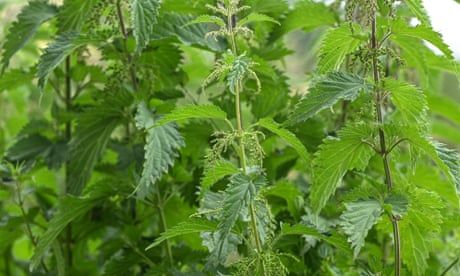
A patch of the stingers is a sure sign of nutrient-rich soil – plus they’re nutritious for you, your plants and insect-eating birds
Nettles are rarely considered a welcome sight to gardeners. With their capacity for rampant growth – they spread by rhizome (underground) as well as seed – and the tiny hairs on their stems and leaves that sting any passing bare skin, they are usually uprooted from outside spaces where people are present. Nonetheless, this defensive plant is a common sight throughout the UK and worthy of more than our disdain, given that it boasts a wealth of beneficial properties and that its presence is a sure sign there’s plenty of nitrogen – an essential nutrient for plant growth – present in your garden’s soil.
Stinging nettles (Urtica dioica) are wholly edible, although the most commonly eaten part is the leaf. Spring is the best time to forage and consume nettle leaves as the fresh growth is the most tender and delicious, as well as richly nutritious. Not to be consumed raw (because: ouch!), nettle tips can be steeped in hot water and served as a tea, cooked as you would spinach, or added to soups and stews. A friend of mine picks, blanches and freezes a supply of nettles in spring to use for the rest of the year (the plants grow more fibrous and less delectable with time).
Continue reading...